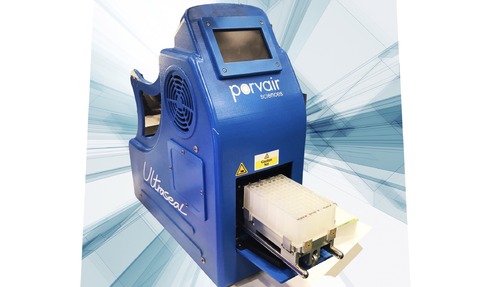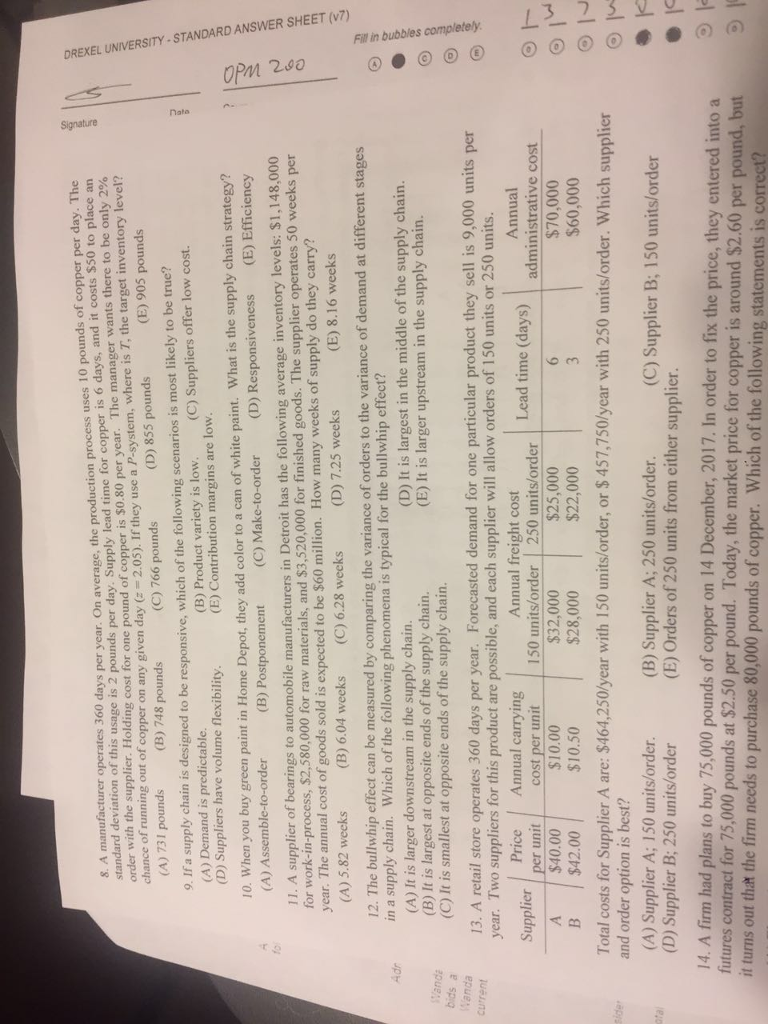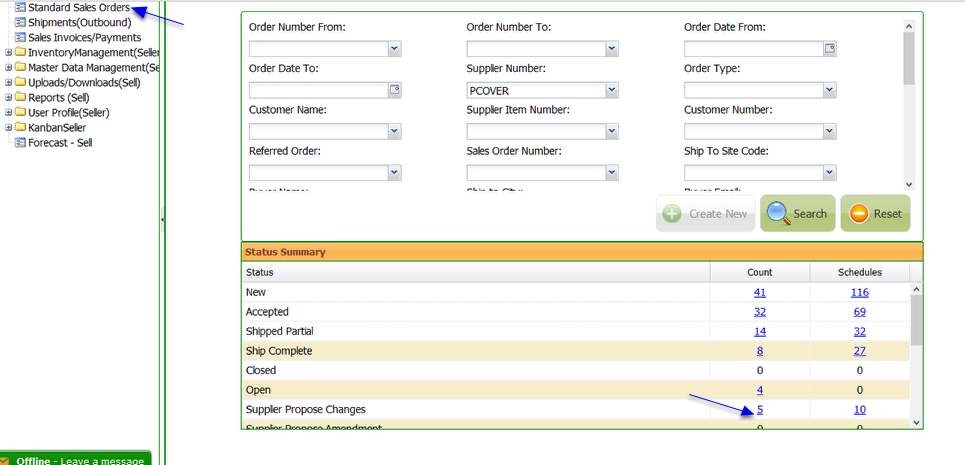

Just-in-time (JIT)Īnother inventory management system that can reduce backorder frequency is just-in-time (JIT). And the items don’t have to be shipped multiple times to arrive at the customer’s door. You don’t need to receive or process the product at your warehouse. The supplier does not have to waste time shipping you the product. Using dropshipping cuts out several of the additional fulfillment process steps above. Instead, these orders are sent directly to the supplier, manufacturer, or another retailer for fulfillment, who ships the order directly to the customer. When you use the dropshipping technique, you receive sales orders from customers but keep no inventory in stock yourself. To mitigate backlog delays, you may consider reducing shipping and processing time by cutting out several steps of the inventory management process using dropshipping. Inventory management systems to avoid backorders Dropshipping

In the weeks running up to Earth Day, the company creates a social media influencer campaign that ends up going viral nationwide. To fully understand how beneficial backorders can be to your bottom line, let’s review an example.ĪBC Corporation runs a profitable eCommerce business selling easy-to-install solar panels for $250 per unit. You cannot prevent backorders from happening, but you can be prepared to handle them efficiently when they do.

Backorder definition: What is backordering in inventory management?īackorders refers to customer orders for products or goods that are not yet in stock due to customer demand outpacing supply-often referred to as a backlog.Ĭompanies ranging from small eCommerce businesses to goliath retailers like Amazon and Apple can experience backorders for a variety of reasons.
#AUTOM BACK ORDERS HOW TO#
In this article, we’ll go over what a backorder means, how to use backordering to your advantage, the potential dangers of backordering if dealt with poorly, as well as how to handle backorders with your customer base and in your financial records.

Now what?īackordering lets you to continue making sales and limit the number of customers lost to your competition-if handled correctly. The bad news: Your most popular items are out of stock. The good news: Your products are flying off the shelves.


 0 kommentar(er)
0 kommentar(er)
